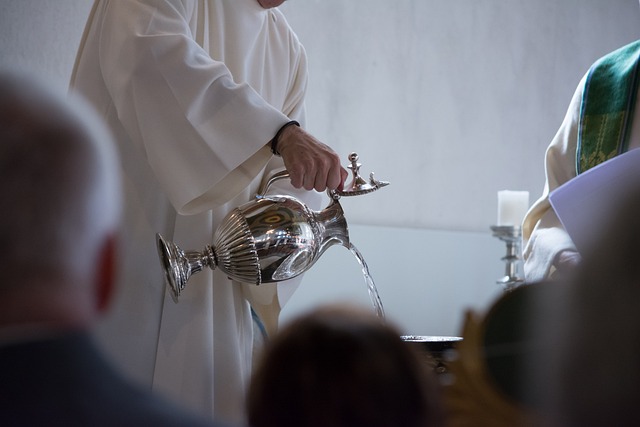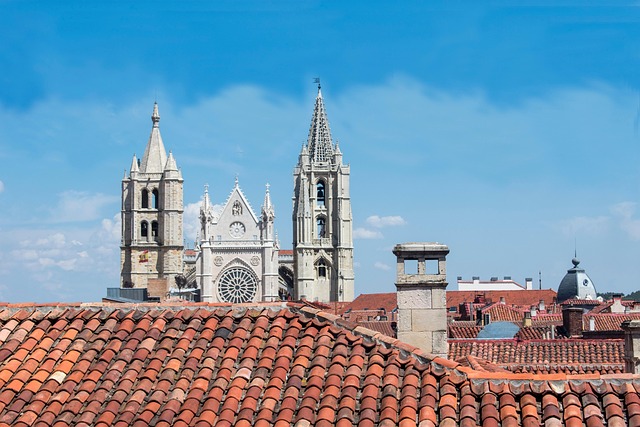Throughout history, rituals have played a significant role in the fabric of various religions, binding communities together through shared beliefs and practices. At the heart of many of these rituals lies a figure often overlooked yet pivotal—the victim. In some religious traditions, the victim serves a crucial role that goes far beyond mere sacrifice; they embody the profound intersection of faith, morality, and communal identity.
The concept of the victim in ritualistic practices can easily evoke mixed emotions. The sacrificial figure, whether an animal or, in some historical contexts, a human, is often seen as a vessel through which communities seek favor from the divine. Yet, the implications of such practices reach deep into the psyche of both the performers and the observers. They reflect our fundamental fears, hopes, and desires, revealing the lengths to which humanity will go to find meaning and connection in a chaotic world.
In religions such as ancient Greek and Roman mythology, the victim was often seen as a necessary conduit for appeasing the gods. The ritualistic slaughter of animals was carried out with great reverence, intended to ensure a bountiful harvest or victory in battle. The communal experience surrounding these rituals fostered a sense of belonging among participants, as they collectively engaged in the sacred act of giving. Although seemingly grim, this practice served to strengthen the social fabric of these ancient societies.
Moreover, the role of the victim can also symbolize themes of suffering and redemption. In Christianity, the figure of Jesus Christ as the ultimate sacrificial victim embodies the notion of self-sacrifice for the greater good. His crucifixion is not only a tale of suffering but also one of hope and salvation. By reflecting on the pain endured by the victim, followers are called to empathize with the plight of others, urging them to act with kindness and compassion in their lives.
In more contemporary contexts, the idea of the victim in rituals has evolved. Modern spiritual practices often shift the focus from external sacrifices to personal sacrifices, emphasizing the need for individuals to confront their own fears, doubts, and destructive behaviors. Guided rituals involving meditation or prayer allow participants to internalize their experiences and emerge transformed, paralleling the ancient understanding of the victim as a transformative archetype.
Additionally, the idea of the victim prompts critical conversations about ethics in religious practices. Many now question the morality of utilizing living beings as sacrifices, advocating for more humane ways of connecting with the divine. This shift echoes a broader societal change toward acknowledging the intrinsic value of all life, encouraging rituals that celebrate existence rather than end it. Such discussions reflect the evolving nature of religion itself, where the sacred can be found in joy, love, and communal support rather than in suffering and death.
Ultimately, exploring the role of the victim in ritualistic practices serves as a powerful lens through which to examine our relationship with the divine and each other. It evokes a myriad of feelings—sadness, hope, empathy, and even discomfort—as it urges us to confront the complexities of our beliefs. Whether seen through the lens of ancient traditions or modern spirituality, the figure of the victim compels us to engage with the essence of what it means to be human, reminding us that our journeys of faith are not just solitary paths but collective experiences forged in the crucible of shared rituals.



